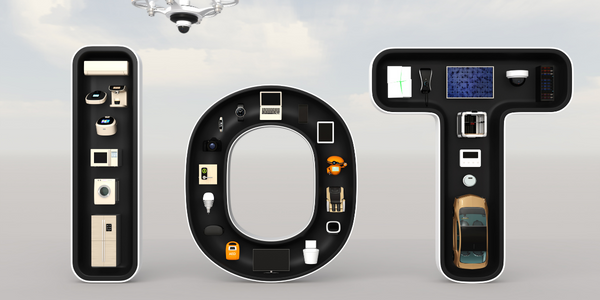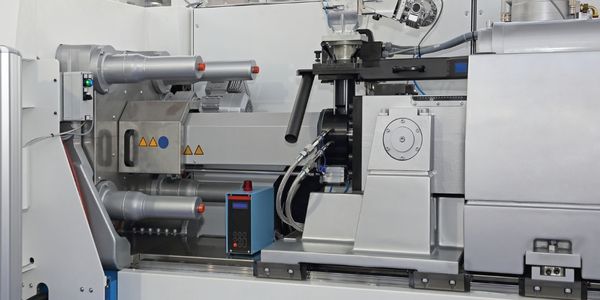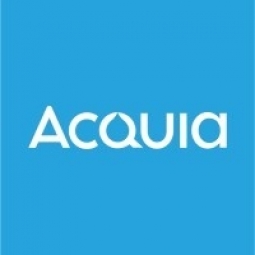Technology Category
- Functional Applications - Enterprise Asset Management Systems (EAM)
- Infrastructure as a Service (IaaS) - Cloud Databases
Applicable Industries
- Equipment & Machinery
- Plastics
Applicable Functions
- Logistics & Transportation
- Sales & Marketing
Use Cases
- Asset Health Management (AHM)
- Last Mile Delivery
Services
- System Integration
- Training
About The Customer
igus is a Germany-based global manufacturer and distributor of engineered plastics and polymer-based products. Their product range includes ball bearings, 3D printing materials, industrial cables, smart plastics, and more. The company operates in 35 countries, has partners in another 80, and employs nearly 3,000 people. As a truly global operation, igus has large, dispersed teams that require marketing and brand content to serve customers. The company had previously implemented a digital asset management solution to support content sharing and distribution across teams and time zones, but this solution was only accessible to people connected to the company server, making it inconvenient for anyone outside the office to retrieve assets.
The Challenge
igus, a global manufacturer and distributor of engineered plastics and polymer-based products, faced a significant challenge in managing and distributing their marketing and brand content across their large, dispersed teams in over 150 countries. The company had implemented a digital asset management (DAM) solution to support content sharing and distribution across teams and time zones. However, this solution was only accessible to people connected to the company server, making it inconvenient for anyone outside the office to retrieve assets. As a result, teams continued to store content on various devices and tools. Without a single, centralized, cloud-based solution to store and manage their digital assets, there was no single source of truth, making it difficult for igus to ensure teams were using the right digital assets for the right purposes.
The Solution
To address this challenge, igus implemented Acquia DAM, a centralized, cloud-based library that provides 24/7, on-demand access to content. This solution allows any user with an internet connection to log into the DAM system and search for assets that best meet their needs. To facilitate content delivery speed, igus connected all of their go-to marketing tools to Acquia DAM, allowing teams to access content stored in Acquia DAM directly from the tool they’re using. Acquia DAM utilizes Amazon Web Services, which leverages servers and data centers around the world to ensure that content in the DAM system is instantly available to igus users, no matter where they’re located. Acquia DAM also provides igus with a single source of truth for their content and significantly simplifies asset distribution. Using Portals, igus curates specific subsets of assets to share with partners and teams around the world, streamlining distribution and ensuring that both internal and external teams are using approved, accurate digital assets.
Operational Impact
Quantitative Benefit

Case Study missing?
Start adding your own!
Register with your work email and create a new case study profile for your business.
Related Case Studies.

Case Study
Smart Water Filtration Systems
Before working with Ayla Networks, Ozner was already using cloud connectivity to identify and solve water-filtration system malfunctions as well as to monitor filter cartridges for replacements.But, in June 2015, Ozner executives talked with Ayla about how the company might further improve its water systems with IoT technology. They liked what they heard from Ayla, but the executives needed to be sure that Ayla’s Agile IoT Platform provided the security and reliability Ozner required.

Case Study
IoT enabled Fleet Management with MindSphere
In view of growing competition, Gämmerler had a strong need to remain competitive via process optimization, reliability and gentle handling of printed products, even at highest press speeds. In addition, a digitalization initiative also included developing a key differentiation via data-driven services offers.

Case Study
Predictive Maintenance for Industrial Chillers
For global leaders in the industrial chiller manufacturing, reliability of the entire production process is of the utmost importance. Chillers are refrigeration systems that produce ice water to provide cooling for a process or industrial application. One of those leaders sought a way to respond to asset performance issues, even before they occur. The intelligence to guarantee maximum reliability of cooling devices is embedded (pre-alarming). A pre-alarming phase means that the cooling device still works, but symptoms may appear, telling manufacturers that a failure is likely to occur in the near future. Chillers who are not internet connected at that moment, provide little insight in this pre-alarming phase.

Case Study
Premium Appliance Producer Innovates with Internet of Everything
Sub-Zero faced the largest product launch in the company’s history:It wanted to launch 60 new products as scheduled while simultaneously opening a new “greenfield” production facility, yet still adhering to stringent quality requirements and manage issues from new supply-chain partners. A the same time, it wanted to increase staff productivity time and collaboration while reducing travel and costs.

Case Study
Integration of PLC with IoT for Bosch Rexroth
The application arises from the need to monitor and anticipate the problems of one or more machines managed by a PLC. These problems, often resulting from the accumulation over time of small discrepancies, require, when they occur, ex post technical operations maintenance.

Case Study
Plastic Spoons Case study: Injection Moulding
In order to meet customer expectations by supplying a wide variety of packaging units, from 36 to 1000 spoons per package, a new production and packaging line needed to be built. DeSter wanted to achieve higher production capacity, lower cycle time and a high degree of operator friendliness with this new production line.







